
Tired of feeling stiff and sore and it’s bringing you down after knee replacement surgery? Well, here's a quirky solution that's been all the rage lately (well, at least for me it was) - stick some needles in yourself! I know, it sounds bizarre, but trust me, dry needling is a game-changer. It's the ultimate way to speed up healing and bid farewell to nagging pain and tension post-surgery. Curious to learn more about this peculiar technique? Don't worry, my lovely readers, today's blog will enlighten you!
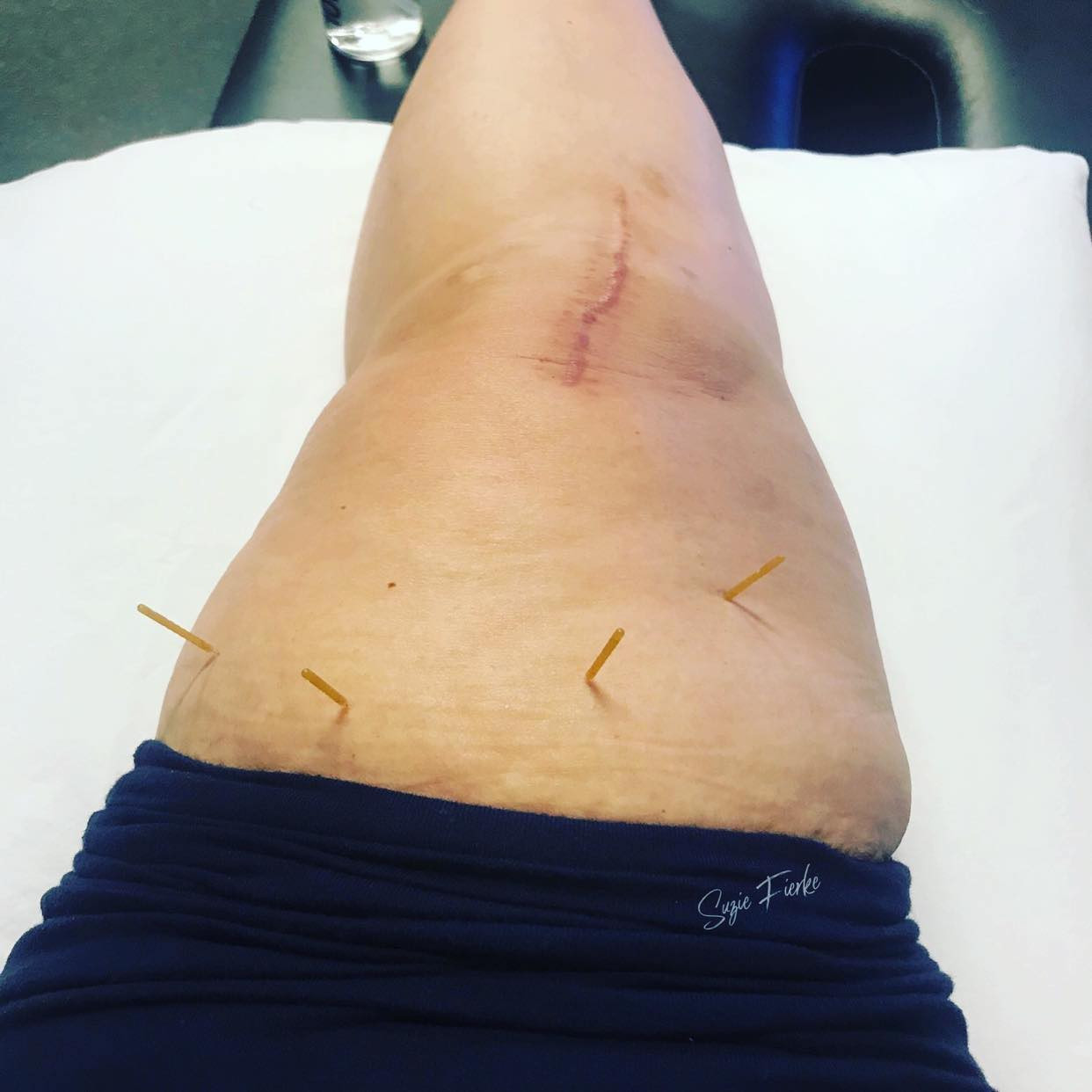
So, what exactly is dry needling? It's a technique used in traditional Chinese medicine that involves inserting thin, stainless steel needles into specific points in your body to target trigger points, tight muscles, and fascia. You might have come across names like Intramuscular Stimulation (IMS) or Trigger Point Dry Needling (TPDN) - they all refer to the same practice. Rest assured, a qualified healthcare professional, like my trusty physical therapist, usually handles the needle poking.
Now before you get creeped out, let me tell you, the needles are much thinner than the ones your doctor uses to give you a shot. Plus, they don’t inject any medicine into your body. It is called “dry” needling for a reason. Instead, they enter the skin to stimulate specific pressure points to release tension and knots in the fascia and muscles. My physical therapist even hooked up a tens-type unit to the needles to send an electrical pulse through the thin needle to stimulate the muscle.
So how does this help you after knee replacement surgery? Knee replacement surgery replaces the worn-out or damaged knee with an artificial joint. The surgery requires making incisions, drilling, and removing soft tissues and bone. All of these factors create stiffness, swelling, and inflammation in the joint. This can cause pain or discomfort, especially for the first few weeks post-surgery. No fun, right?
The dry needling technique is very effective post-knee replacement surgery due to its multiple healing effects. It helps to improve circulation to the injured area and relaxes the muscles’ surrounding stiffness in the joint. It also encourages the body’s natural healing processes, reducing inflammation and promoting tissue repair. This technique also enhances the nervous system’s function, providing pain relief by the stimulation of the body’s endorphins.
Dry needling after total knee replacement surgery is a non-invasive, low-risk procedure that offers benefits like pain management, muscle relaxation and enhances the body’s natural healing processes. Choosing the right healthcare practitioner and creating an individual plan of care in consultation with them can be an important part of your recovery from knee surgery. Try adding some pokes to your physical therapy sessions to speed up your healing journey. Poke the pain away!


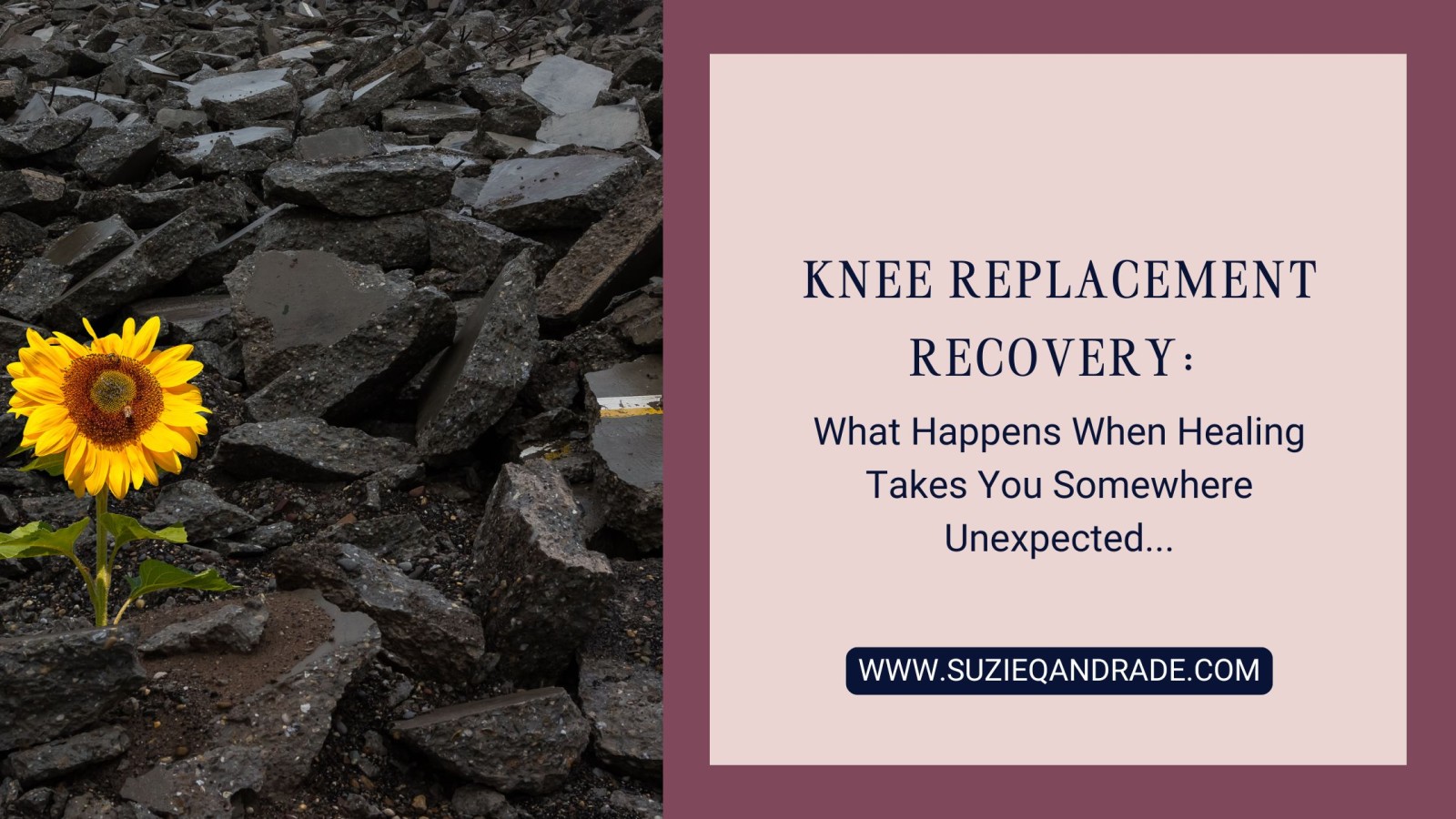
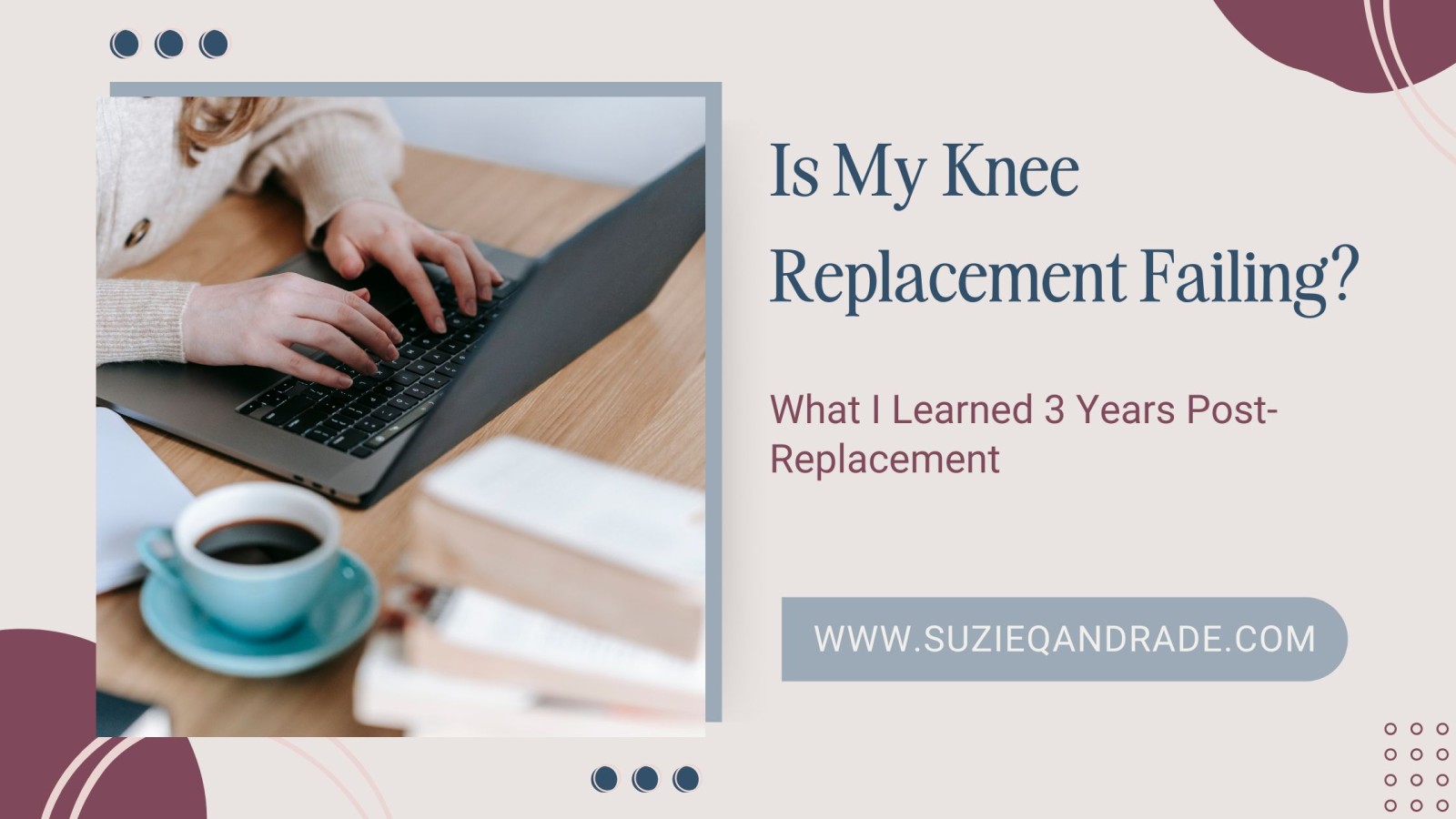









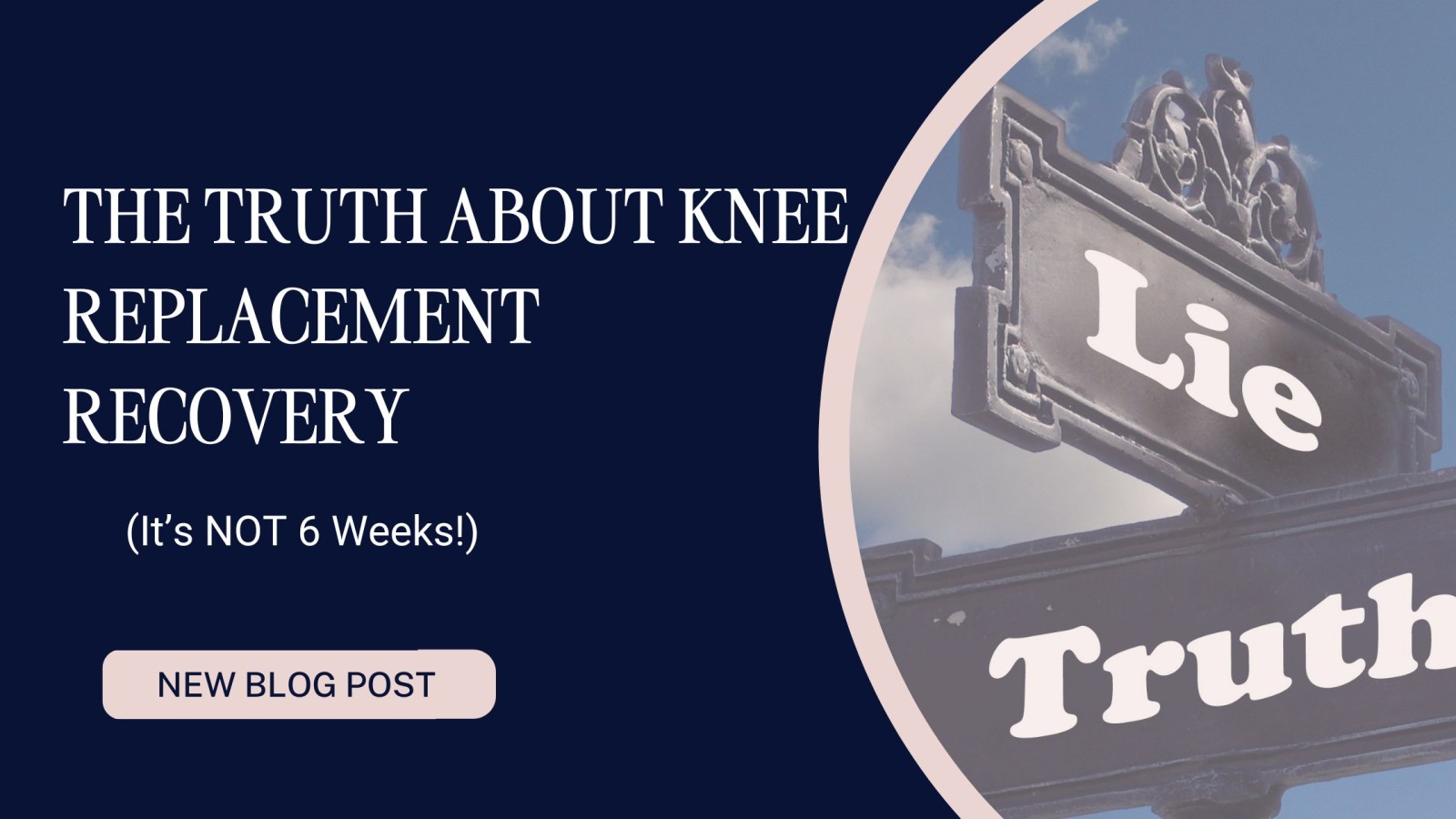

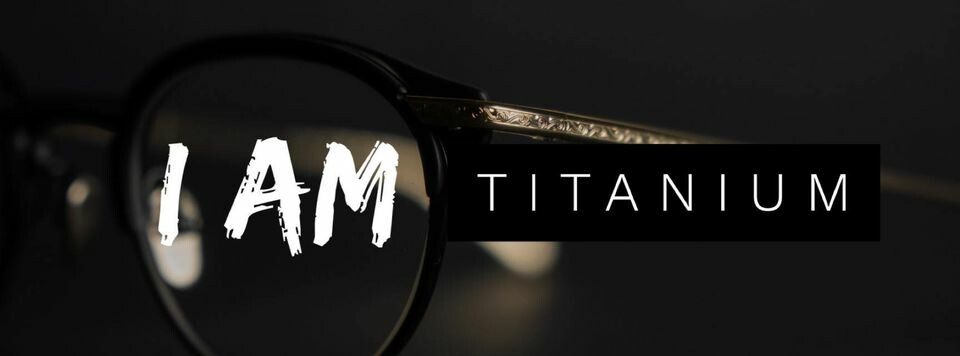





0 Comments